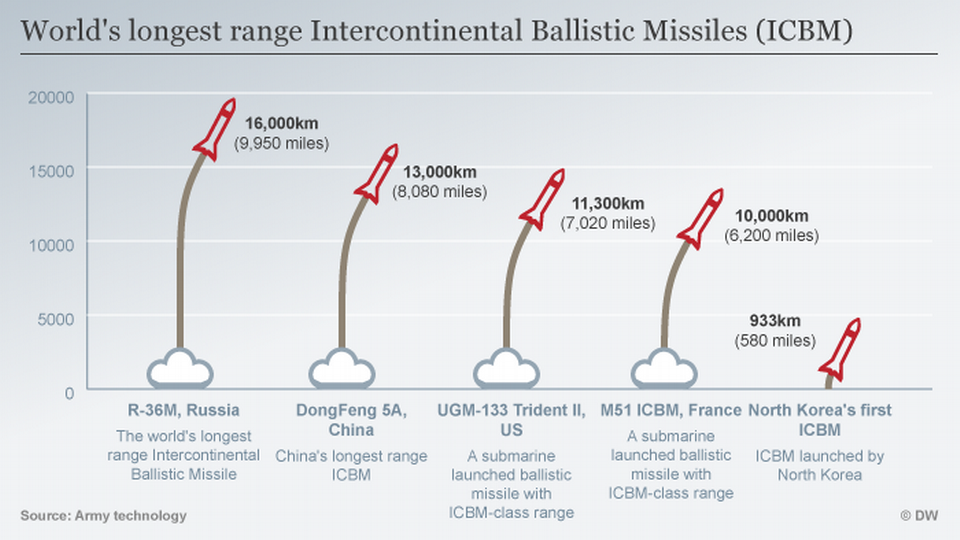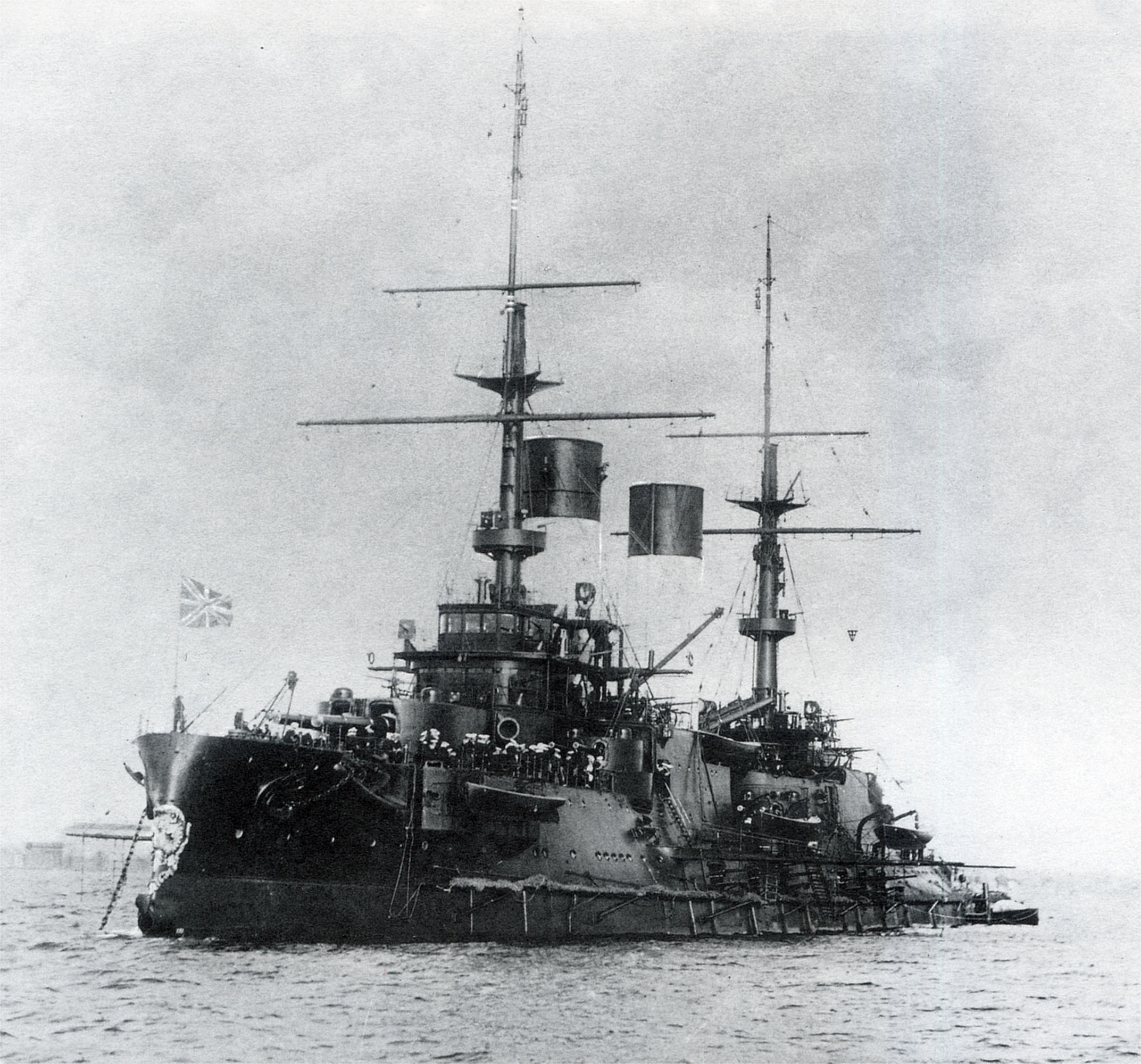INTERCONTINENTAL BALLISTIC MISSILE
- An intercontinental ballistic missile (ICBM) is a long-range missile system designed to deliver nuclear or conventional warheads over very long distances. These missiles are capable of traveling thousands of kilometers, typically between continents, hence the term "intercontinental."
- ICBMs are one of the key components of a country's strategic nuclear arsenal and serve as a deterrent against potential adversaries. They are designed to be launched from land-based silos, mobile platforms, or submarines and can travel at high speeds, often reaching hypersonic velocities during their flight trajectory.
- The basic components of an ICBM system include the missile itself, the launch platform, and a guidance system to ensure precise targeting.
- Once launched, the missile follows a ballistic trajectory, which means it travels into space, then reenters the Earth's atmosphere to reach its target. The accuracy and reliability of ICBMs are of paramount importance in their role as a deterrent.
- ICBMs have been a significant part of the nuclear arms race during the Cold War, with the United States and the Soviet Union (and later Russia) developing extensive arsenals of these missiles. Other countries, such as China, France, and the United Kingdom, have also developed their own ICBMs.
- The possession of ICBMs provides a nation with the capability to strike targets on the other side of the globe, making them a critical element in the calculus of international security and arms control.

Some of the countries known to have ICBMs include:
United States: The United States operates a variety of ICBMs, including the Minuteman III, which is a land-based ICBM, and the Trident II D5, which is a sea-launched ICBM.
Russia: Russia's Strategic Rocket Forces operate a range of ICBMs, including the RS-24 Yars, RS-12M Topol, and RS-28 Sarmat (nicknamed Satan 2).
China: China has developed and deployed ICBMs such as the DF-5, DF-31, and DF-41.
France: France has the M51 SLBM (Submarine-Launched Ballistic Missile) as part of its nuclear deterrent.
United Kingdom: The United Kingdom's nuclear deterrent is based on the Trident II D5 SLBM.
India: India's Agni-V is considered an ICBM, with the ability to reach intercontinental distances.
Pakistan: Pakistan has developed the Shaheen-III missile, which is capable of reaching intercontinental distances.
North Korea: North Korea has claimed to possess ICBMs, with the Hwasong-15 being one of their most advanced and longest-range missiles.
Israel: Israel has not officially confirmed the possession of ICBMs, but it is widely believed to have developed such capabilities as part of its nuclear deterrent.
4.Imperator Alexander III

The Imperator Alexander III belongs to the Borei-class of nuclear submarines. Currently, there are three new Borei-class submarines in active service. These submarines play a central role in Russia's nuclear capabilities at sea.
Specifications:
- Length: 397 feet (121 meters)
- Beam: 76 feet 1 inch (23.19 meters)
- Draft: Approximately 29 feet 2 inches (8.9 meters) when fully loaded
- Displacement: 14,181 long tons (approximately 14,409 metric tons)
- Armament: The submarine is equipped with 16 Bulava missiles.
- Missile Range: These missiles have a range of up to 8,000 kilometers.
- Missile Length: Each Bulava missile is 12 meters (approximately 40 feet) long
|
Previous Year Questions
1.Consider the following statements : (UPSC CSE 2023)
1. Ballistic missiles are jet-propelled at subsonic speeds throughout their flights, while cruise missiles are rocket-powered only in the initial phase of flight.
2. Agni-V is a medium-range supersonic cruise missile, while BrahMos is a solid-fuelled intercontinental ballistic missile.
Which of the statements given above is/are correct?
A. 1 Only
B. 2 only
C. Both 1 and 2
D. Neither 1 nor 2
Answer (D)
|




